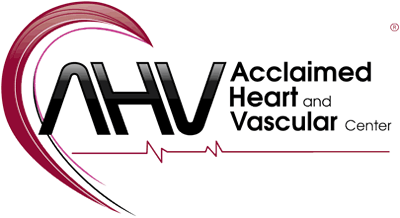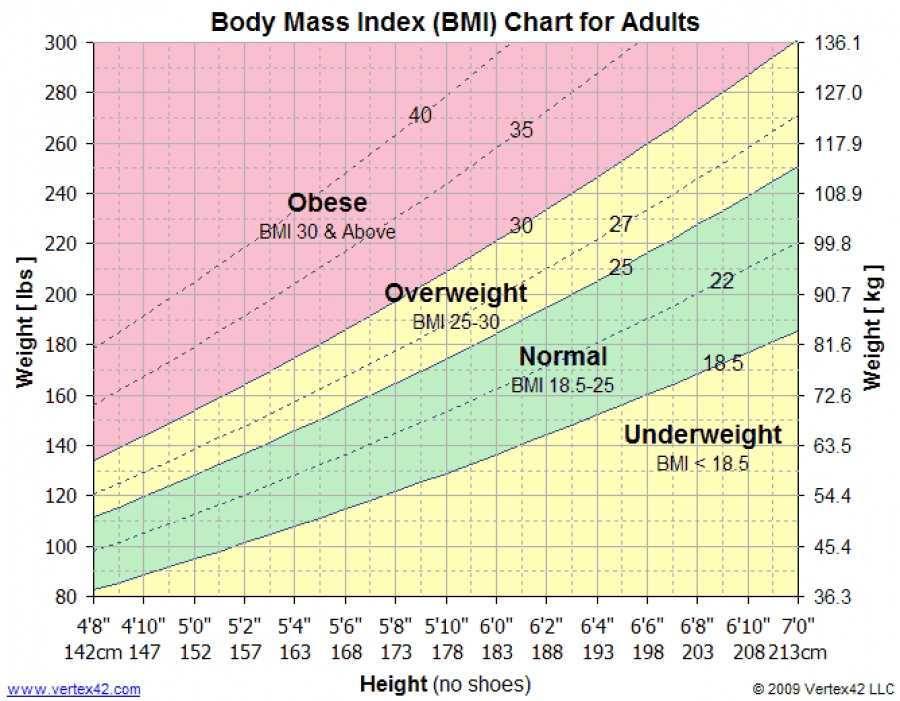The benefits of maintaining a healthy weight include2:
- Fewer joint and muscle pains
- Increased energy and ability to join in more activities
- Improved regulation of bodily fluids and blood pressure
- Reduced burden on the heart and circulatory system
- Improved sleep patterns
- Reductions in blood triglycerides, blood glucose, and risk of developing type 2 diabetes
- Reduced risk for heart disease and certain cancers.
Excess weight increases how hard the heart has to work, it also raises blood pressure, blood cholesterol and triglyceride levels and lowers HDL (good) cholesterol levels. Excess weight can make a person more likely to develop diabetes.
Lifestyle changes that help you maintain a 3-5% weight loss are likely to result in clinically meaningful improvements in blood glucose, triglycerides and risk of developing type 2 diabetes. Greater weight loss can also help reduce blood pressure and improve blood cholesterol.
Your BMI classifies you as either Underweight, Normal, Overweight or Obese. See the chart below to decide what classification you fall under.

Health consequences of high BMI
The BMI ranges are based on the relationship between body weight and disease and death. Overweight and obese individuals are at increased risk for many diseases and health conditions, including the following3:
- Hypertension
- Dyslipidemia (for example, high LDL cholesterol, low HDL cholesterol, or high levels of triglycerides)
- Type 2 diabetes
- Coronary heart disease
- Stroke
- Gallbladder disease
- Osteoarthritis
- Sleep apnea and respiratory problems
- Some cancers (endometrial, breast and colon).
1Centers for Disease Control and Prevention, Body Mass Index (BMI)
2American Heart Association, Body Mass Index In Adults (BMI Calculator for Adults)
3Centers for Disease Control and Prevention, Adult Obesity Causes & Consequences

Acclaimed Heart and Vascular Center
We deliver excellent care with compassion after discussing your health and treatment plan with simplicity.
DISCLAIMER: THIS WEBSITE DOES NOT PROVIDE MEDICAL ADVICE
The information, including but not limited to, text, graphics, images and other material contained on this website are for informational purposes only. The purpose of this website is to promote broad consumer understanding and knowledge of various health topics. It is not intended to be a substitute for professional medical advice, diagnosis or treatment. Always seek the advice of your physician or other qualified health care provider with any questions you may have regarding a medical condition or treatment and before undertaking a new health care regimen, and never disregard professional medical advice or delay in seeking it because of something you have read on this website.

